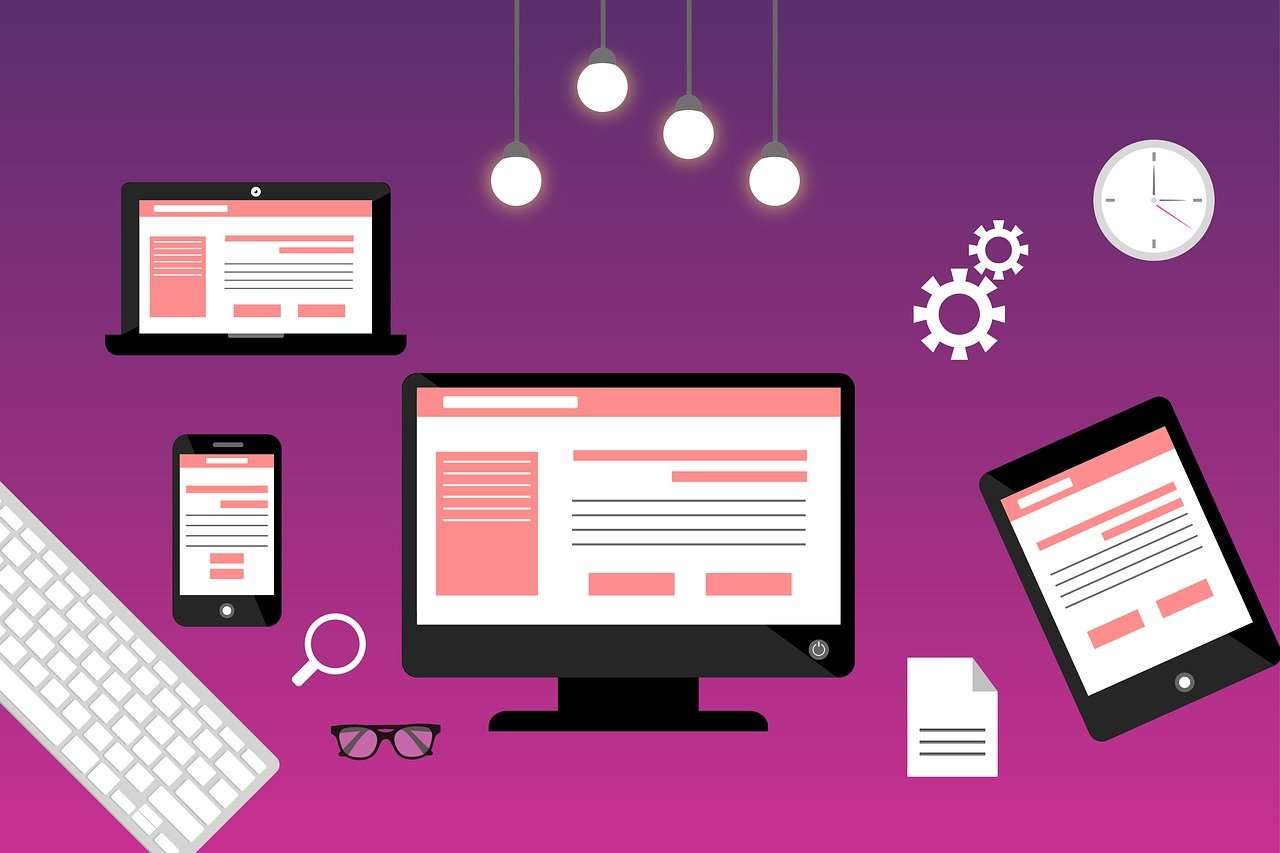Designing a successful user interface (UI) and user experience (UX) for a web application requires careful consideration of various factors to ensure a positive and effective interaction between users and the application.
What is the difference between user interface (UI) and user experience (UX)?
User Interface (UI) and User Experience (UX) are related but distinct concepts in the realm of design, particularly in the context of software and web development. Here’s a breakdown of the differences between UI and UX:

User Interface (UI):
- UI refers to the visual elements, design, and layout that users interact with when using a product, such as a website or application.
- It encompasses the graphical elements like buttons, forms, images, typography, color schemes, and overall visual aesthetics.
- UI design focuses on creating a visually appealing and intuitive interface that users can interact with to perform tasks and access features.
- Good UI design makes it easy for users to understand how to use the application, find the necessary information, and navigate through the interface.
User Experience (UX):
- UX refers to the overall experience and feeling users have when interacting with a product, system, or service.
- It encompasses all aspects of a user’s interaction, including usability, accessibility, performance, efficiency, satisfaction, emotions, and more.
- UX design aims to create a seamless, enjoyable, and valuable experience for users by understanding their needs, behaviors, and pain points.
- UX designers focus on creating user-centered designs that prioritize the user’s goals and objectives, leading to improved satisfaction and loyalty.
In essence, UI is about how things look, while UX is about how things feel. UI design is concerned with the aesthetics and layout of the interface, while UX design is concerned with the entire journey and interaction users have with the product, from the moment they land on a page to when they accomplish their goals.
Both UI and UX are critical to the success of a digital product. A visually appealing UI can attract users, but a thoughtful UX ensures that users can effectively and effortlessly achieve their goals, leading to a positive overall experience. It’s important for designers to consider both aspects in their design process to create products that are not only visually appealing but also functional and user-friendly.
Important factors to consider while designing UI/UX

1. User Research and Understanding:
Conduct thorough research to understand your target audience, their needs, preferences, and behaviors. This will guide your design decisions and help you create a UI/UX that resonates with users.
2. Clarity and Simplicity:
Keep the design clean, simple, and easy to understand. Avoid clutter and unnecessary elements that can confuse users.
3. Consistency:
Maintain a consistent design throughout the application. Consistency in visual elements, terminology, and interactions helps users feel comfortable and familiar with the interface.
4. Navigation and Information Architecture:
Create a clear and intuitive navigation structure that allows users to easily move through the application. Organize content logically and provide pathways to key features.
5. Visual Hierarchy:
Use visual cues like size, color, and placement to guide users’ attention to important elements. Establish a clear visual hierarchy to help users understand the importance of various elements on the page.
6. Responsive Design:
Ensure that your UI/UX is responsive and works well on various devices and screen sizes, including smartphones, tablets, and desktops.
7. Performance:
Design with performance in mind. Slow load times and unresponsive interactions can lead to a negative user experience. Optimize images, code, and assets to enhance the application’s speed.
8. Accessibility:
Create an interface that is accessible to users with disabilities. Follow accessibility guidelines to ensure that all users can navigate and use the application effectively.
9. Feedback and Response:
Provide meaningful feedback to user actions, such as button clicks or form submissions. Users should know that their actions are being recognized and processed.
10. User Flow and Task Completion:
Design user flows that guide users through tasks efficiently. Ensure that users can easily complete tasks without unnecessary steps or confusion.
11. User Feedback and Iteration:
Gather user feedback through usability testing and analytics. Use this feedback to make iterative improvements to the UI/UX over time.
12. Aesthetics and Branding:
Design the UI to align with your brand’s identity. Use appropriate colors, typography, and visual elements to create a cohesive and recognizable brand presence.
13. Error Handling and Help:
Design user-friendly error messages that provide clear guidance on how to correct mistakes. Also, offer help resources, such as tooltips or a knowledge base, to assist users when needed.
14. Emotional Design:
Consider the emotional impact of your design. Use visuals and interactions that evoke positive emotions and create a more enjoyable user experience.
15. User Testing:
Conduct regular user testing with real users to identify pain points and areas for improvement. Testing can help you validate design decisions and uncover issues that may not be apparent otherwise.
Esperto Technologies: Hire for App store Optimization
Certainly! Here’s a set of frequently asked questions (FAQ) about UI/UX:
1. What is UI/UX design?
– UI (User Interface) design focuses on creating the visual elements and layout of a product that users interact with.
– UX (User Experience) design aims to ensure that the overall experience of using a product is seamless, enjoyable, and meets users’ needs.
2. Why is UI/UX design important?
– UI/UX design is crucial for creating user-friendly and engaging products that users can navigate and use effectively.
– It enhances user satisfaction, helps achieve business goals, and encourages user retention.
3. What’s the difference between UI and UX?
– UI (User Interface) is concerned with the visual elements and design of an interface, while UX (User Experience) focuses on the overall user journey, satisfaction, and effectiveness of the interaction.
4. How do UI and UX designers work together?
– UI designers create the visual elements of the interface based on UX guidelines.
– UX designers focus on research, user flows, wireframing, and ensuring a smooth overall experience.
– Collaboration between UI and UX designers ensures a cohesive and user-centric design.
5. What is user research in UX design?
– User research involves studying and understanding the target users’ behaviors, preferences, needs, and pain points.
– This research guides design decisions, ensuring the product caters to user expectations.
6. What is a wireframe?
– A wireframe is a visual representation of the layout and structure of a web page or app screen, showcasing the placement of elements without focusing on design details.
7. How does usability testing work?
– Usability testing involves having real users interact with a prototype or the actual product to identify usability issues, collect feedback, and refine the design.
8. What is responsive design?
– Responsive design ensures that a website or application adapts and displays correctly on various devices and screen sizes, providing a consistent experience.
9. How does accessibility relate to UI/UX?
– Accessibility in UI/UX design ensures that products are usable by people with disabilities.
– Designing for accessibility includes providing alternatives for visual content, ensuring keyboard navigation, and adhering to accessibility standards.
10. How can emotions be incorporated into UX design?
– Emotionally driven design considers how users feel when interacting with a product.
– Elements like colors, visuals, and microinteractions can evoke specific emotions and enhance the user experience.
11. What is the design iteration process?
– Design iteration involves creating multiple versions of a design, gathering feedback, and refining the design based on user input and changing requirements.
12. How do UI/UX design impact conversion rates?
– Well-designed UI/UX can lead to improved conversion rates by reducing friction in the user journey, making it easier for users to complete desired actions.
13. Can UI/UX design be applied beyond digital products?
– Yes, UI/UX principles can be applied to physical products, services, and environments to enhance user experiences and make interactions more intuitive and enjoyable.
14. How can I learn more about UI/UX design?
– There are various online courses, tutorials, books, and resources available to learn about UI/UX design. Platforms like Coursera, Udemy, and LinkedIn Learning offer relevant courses.
Remember that UI/UX design is an ongoing process that requires constant refinement based on user feedback and changing needs. By considering these factors and prioritizing the user’s perspective, you can create a web application that delivers a satisfying and effective experience.
